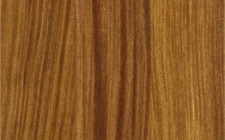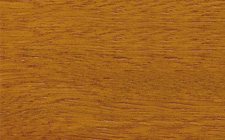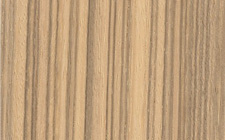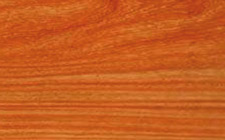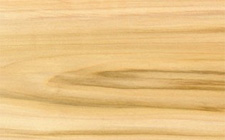Sipo
Botanical name
Entandrophragma utile
Origin
Africa
Other names
Kalungi, Assi, Abebay, Mufumbi, Sipo-Mahogany, Asseng-Assie, Utile, Bokoi, Liboyo

Notes
Hardness varies from soft to fairly hard.
WOOD DESCRIPTION
| Color: |
red brown |
| Sapwood: |
clearly demarcated |
| Texture: |
medium |
| Grain: |
interlocked |
| Interlocked grain: |
slight |
| Note: |
Some logs are not floatable. Wood pinkish brown to red brown slightly purplish, with moiré shades. Ribbon like aspect on quartersawn. Irregular grain. |
PHYSICAL, MECHANICAL AND ACOUSTIC PROPERTIES
|
(*: at 12% moisture content, with 1 MPa = 1 N/mm²) Musical quality factor: 112,6 measured at 2663 Hz |
||||||||||||||||||||||||||||||||||||||||
NATURAL DURABILITY AND TREATABILITY
| Funghi (according to E.N. standards): |
class 2-3 - durable to moderately durable |
| Dry wood borers: |
durable - sapwood demarcated (risk limited to sapwood) |
| Termites (according to E.N. standards): |
class M - moderately durable |
| Treatability (according to E.N. standards): |
class 4 - not permeable |
| Use class ensured by natural durability: |
class 2 - inside or under cover (dampness possible) |
| Species covering the use class 5: |
No |
| Note: |
This species is listed in the European standard NF EN 350-2. |
SAWING, MACHINING AND ASSEMBLING
| Blunting effect: |
normal |
| Sawteeth recommended: |
ordinary or alloy steel |
| Cutting tools: |
ordinary |
| Peeling: |
good |
| Slicing: |
nood |
| Note: | Tendency to tearing due to interlocked grain. |
| Nailing / screwing: |
good |
| Gluing: |
correct |
| Note: |
Gluing requires care: it can stain wood. |



